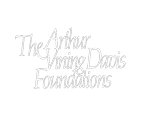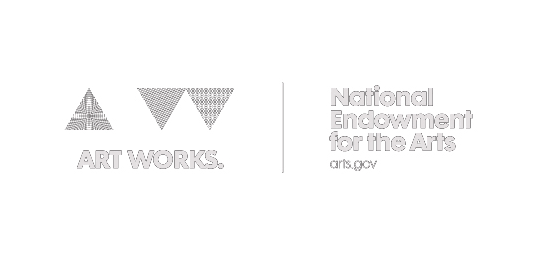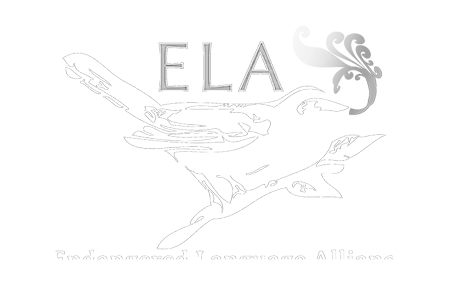Proper documentation leads to what linguist Nikolaus Himmelmann has called a “lasting, multi-purpose record of a language.” However they are presented and used today, most materials relating to endangered languages are also archived for long-term preservation. Some archives focus on the languages of a particular region; others include the work undertaken at certain universities or under certain grant programs. Today all are focused on digital materials, which are increasingly accessible online to linguists, speakers, communities and the public, depending on access and privacy concerns. Archival standards and practices are evolving fast.
AILLA: Archive of the Indigenous Languages of Latin America (USA)
Digital archive of recordings and texts in and about the indigenous languages of Latin America, run by the University of Texas. AILLA includes languages from the U.S.-Mexico border to the southern tip of South America, including the Caribbean, featuring audio and video recordings of stories, chants, conversations, songs, and more, as well as grammars, dictionaries, ethnographies, field notes, and teaching materials.
California Language Archive (USA)
Catalog and online archive focused on the indigenous languages of California, western North America, and the Americas more broadly, run by the University of California, Berkeley. Many materials are from the century-old Survey of California and Other Indian Languages, a research center focused on the native languages of California and the Americas. There are primary source materials in at least 130 Native languages, including many paper records, field notes, and other documentary materials, only some of them digitized.
DOBES: Documentation of Endangered Languages (Netherlands)
Archive containing materials from DOBES (Dokumentation bedrohter Sprachen), a documentation program funded by the Volkswagen Foundation which ran from 2000 to 2011 at the Max Planck Institute and funded 67 academic documentation projects all over the world. DOBES emphasized standardized best practices and collaborative documentation by teams of experts; the research portal contains extensive materials on 68 endangered languages.
ELAR: Endangered Languages Archive (UK)
Archive of the Hans Rausing Endangered Languages Project, with a core collection based on the 300 projects funded by the Endangered Languages Documentation Programme [Link to Funders TK], from all over the world. ELAR emphasizes safe long-term access that follows the wishes of both documenters and language communities, as well as ease of use and accessibility for a wider public.
Online suite of web-based tools and services for indigenous language activists and teachers, including an archive containing thousands of text entries as well as sounds, pictures, videos, and games for use in language learning.
Pangloss Collection (France)
Public archive from the interdisciplinary LACITO research unit, containing nearly 200 hours of recordings in 70 languages, with a focus on oral traditions.
PARADISEC: Pacific and Regional Archive for Digital Sources in Endangered Cultures (Australia)
Archive focused on the endangered languages and cultures of the Asia-Pacific region, also accepting relevant materials from all over the world. PARADISEC works to make materials available to those recorded, their descendants, and the broader language community and takes an active role in the technical work of data management.
Archive of oral literature in endangered languages, particularly from the Asia-Pacific region, including ritual texts, epic poems, songs, folk tales, creation myths, word games, life histories, historical narratives and other material collected by the Project’s grant recipients.






